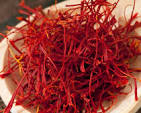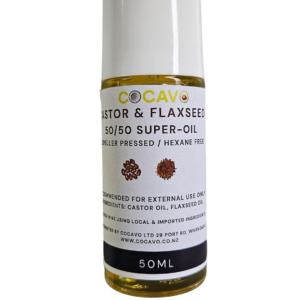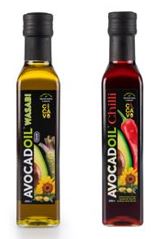ABOUT SAFFRON
Saffron is the world’s most expensive spice, derived from the dried stigmas of the Crocus sativus flower.
It’s known for its vibrant color, distinctive aroma, and slightly bitter taste, making it a prized ingredient in various cuisines and traditional practices. The high cost is due to the labor-intensive harvesting process, requiring hand-picking of the stigmas from each flower.
Here’s a more detailed look at saffron:
1. What is it?
- Saffron is the dried stigmas of the Crocus sativus flower, a perennial plant also known as the saffron crocus.
- These thread-like stigmas are bright red and are the source of the spice.
- A single flower produces only two or three stigmas.
2. How is it produced?
- The flowers bloom for a short period, and the stigmas must be harvested by hand.
- It takes a significant number of flowers (150,000 to 200,000 per kilogram of saffron) to produce a small amount of the spice.
- This manual labor contributes to its high cost.
3. What are its uses?
- Culinary: Saffron is used to add color, flavor, and aroma to dishes, especially in Mediterranean and Middle Eastern cuisines.
- Medicinal: It has a history of use in traditional medicine for various purposes, including mood enhancement and as an antioxidant.
- Dye: Saffron has been used as a dye for fabrics, including religious garments.
4. Where is it grown?
- Iran is the world’s largest producer of saffron.
- Other producers include Afghanistan, Spain, Greece, Azerbaijan, Morocco, and Italy.
- It is also grown in some parts of the United States, including Pennsylvania.
5. Why is it so expensive?
- The labor-intensive harvesting process is the primary reason for the high cost.
- It takes a large quantity of flowers to produce even a small amount of saffron.
- The limited growing season and specific climate requirements also contribute to its value.
6. What are some interesting facts?
- Saffron has been valued for its properties for thousands of years, with records of its use dating back to ancient civilizations.
- It has been associated with luxury and even considered an aphrodisiac in some cultures.
- The town of Saffron Walden in England is named after the spice, which was once a significant crop there.






